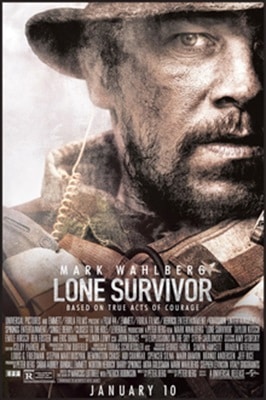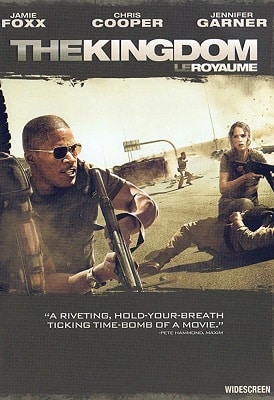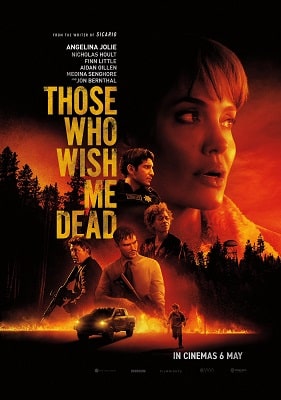Movie Review
Lone Survivor
“Lone Survivor,” directed by Peter Berg and released in 2013, stands as a testament to the thriller genre’s capacity for combining gritty realism with heart-stopping suspense. Based on the non-fiction book by Marcus Luttrell and Patrick Robinson, this film recounts the harrowing story of four Navy SEALs on a covert mission in Afghanistan. The movie not only delivers intense action sequences but also a profound exploration of brotherhood, survival, and the human spirit under extreme duress.
The film opens with a glimpse into the rigorous training and deep camaraderie of the SEALs, immediately establishing the stakes and the unbreakable bond between the team members. Mark Wahlberg, Taylor Kitsch, Emile Hirsch, and Ben Foster deliver compelling performances as the four SEALs, bringing a raw authenticity to their roles. Their portrayal goes beyond the typical machismo often seen in military movies, delving into the emotional and psychological aspects of their characters.
The mission, dubbed Operation Red Wings, intended to capture or kill a notorious Taliban leader, quickly spirals into a fight for survival. The film’s pacing is masterful, seamlessly transitioning from the quiet tension of the SEALs’ covert movements to the explosive chaos of the ambush. The action scenes are meticulously crafted, showcasing the strategic and physical prowess of the SEALs. The combat sequences are not glorified but depicted with a brutal realism that immerses the audience in the intensity of the situation.
What sets “Lone Survivor” apart is its attention to detail and commitment to authenticity. Berg, known for his thorough research and respect for military operations, went to great lengths to ensure the film’s accuracy. This dedication pays off in creating a gripping narrative that honors the real-life events and the men involved.
The cinematography of “Lone Survivor” is another high point. The rugged landscapes of Afghanistan are captured with stunning clarity, providing a stark contrast to the violence and chaos of the battle scenes. The camera work is dynamic, often placing the viewer in the midst of the action, enhancing the film’s immersive quality.
One of the most impactful aspects of “Lone Survivor” is its portrayal of moral complexity and the harsh realities of war. The film does not shy away from showing the difficult decisions soldiers must make in the heat of battle and the consequences of those choices. This moral dimension adds depth to the narrative, elevating it beyond a simple action movie.
The film’s emotional core is solidified in its depiction of the Pashtunwali code of ethics and the Afghan villagers’ role in protecting Luttrell. This aspect not only adds a layer of cultural depth to the story but also highlights themes of honor, sacrifice, and the common humanity that can transcend war.
In terms of adaptation, “Lone Survivor” stays remarkably faithful to Luttrell’s book, capturing the essence of the memoir while translating it effectively for the screen. The film benefits from Luttrell’s involvement, ensuring that the personal experiences and emotional truth of the story are preserved.
Sound design in “Lone Survivor” is another noteworthy element. The sounds of the environment, the crack of gunfire, and the roar of helicopters contribute to a sensory experience that is both intense and visceral. This attention to auditory detail helps to ground the film in a palpable reality.
While “Lone Survivor” excels as a military thriller, it also resonates on a human level. The film explores themes of courage, sacrifice, and the enduring bond between soldiers. It pays tribute to the fallen, not through grandiose speeches or dramatic gestures, but through a straightforward depiction of their bravery and humanity.
The film’s ending, blending real footage of the soldiers with the movie’s narrative, serves as a poignant reminder of the real-life costs of war. This choice underscores the film’s commitment to authenticity and respect for the story it tells.
Overall, “Lone Survivor” stands out in the thriller genre for its blend of action, authenticity, and emotional depth. It is a film that not only entertains but also provokes thought and evokes a profound sense of respect for the soldiers and their sacrifice. The movie succeeds in capturing the essence of what makes a great thriller: it’s a gripping, heart-wrenching tale of survival and heroism, grounded in the realities of war and the unbreakable spirit of those who fight it.







